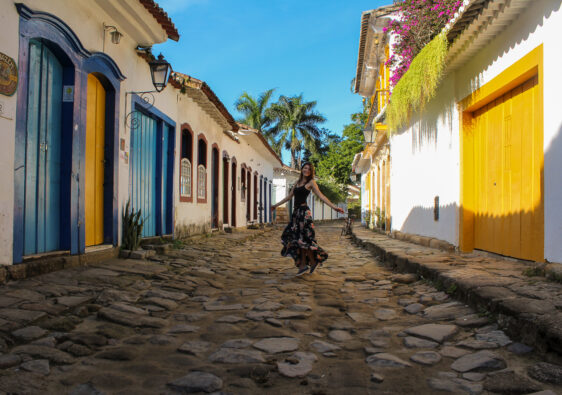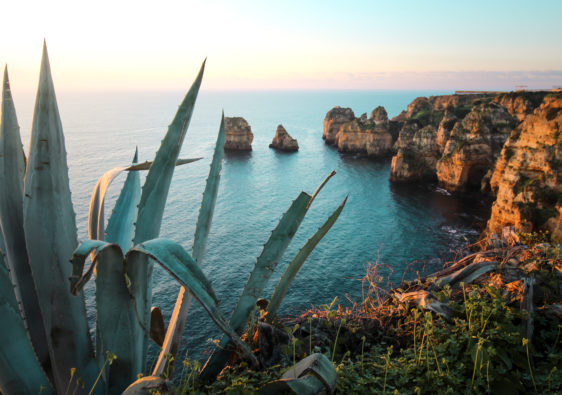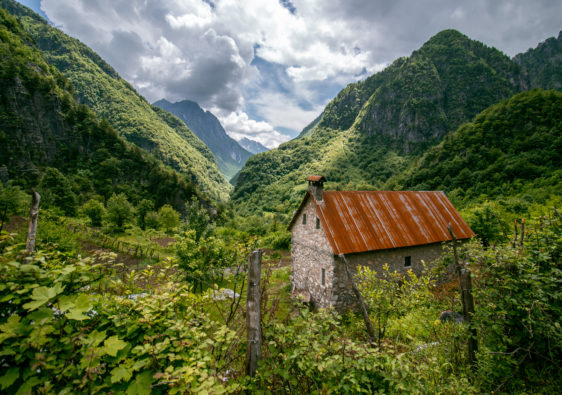Beaches, mountains, and lekker food all at your doorstep… You could easily spend a week in Cape Town. But I’ve spent the last two and a half years of my PhD here distracting myself thinking about how you can do it in three.
Admittedly, the itinerary is a lot for three days, but if you’re going to fork out a ton to spend a day flying to South Africa, then you might as well see everything you can. You can sleep when you get back home.
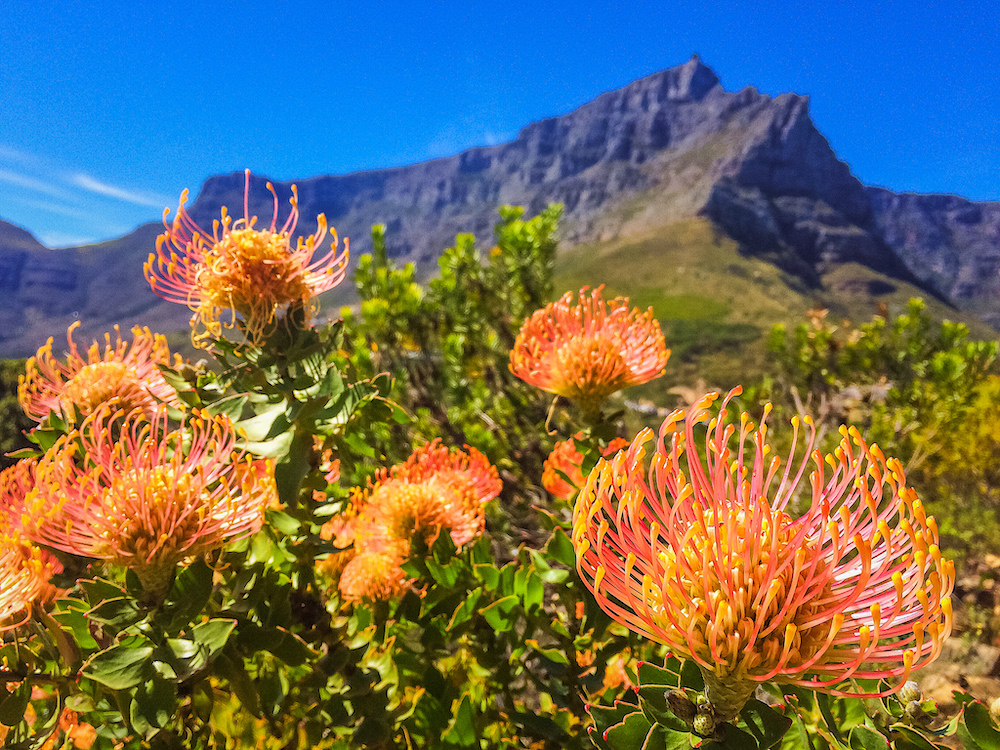
Example Itinerary for 3 Days in Cape Town
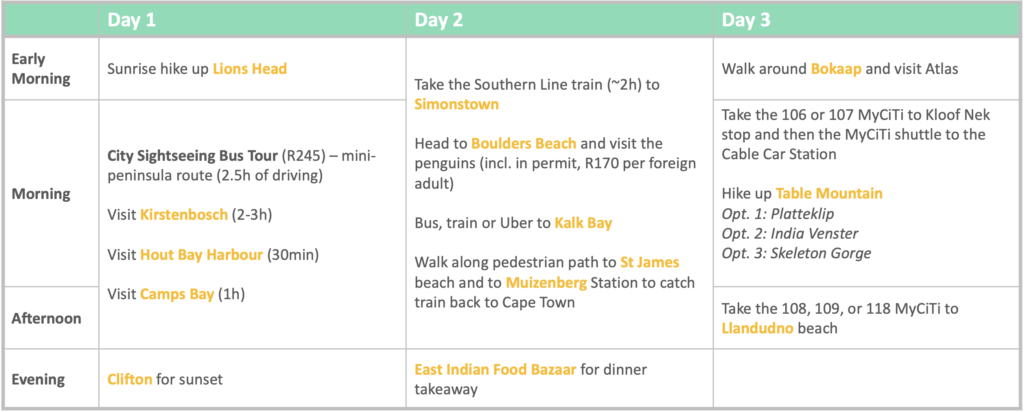
Major sites you must visit
Kick off your trip with a city taster
Normally, I would never recommend a Red Bus tour, except in a situation where convenient public transport is limited. The City Sightseeing Bus’s mini-peninsula (blue) route is an affordable way (R245 pp) to get the general picture of Cape Town in a day and see some decent sites along the way. You can board the bus and pay for the ticket anywhere along the route, but I would get on somewhere in Sea Point or at the V&A. Get off the bus at Kirstenbosch Botanical Gardens and spend 2 or 3 hours exploring the grounds. The Tree Canopy Walkway and medicinal plants section are my two favourite parts. You can have breakfast or lunch at the tea room before heading back to the bus stop.
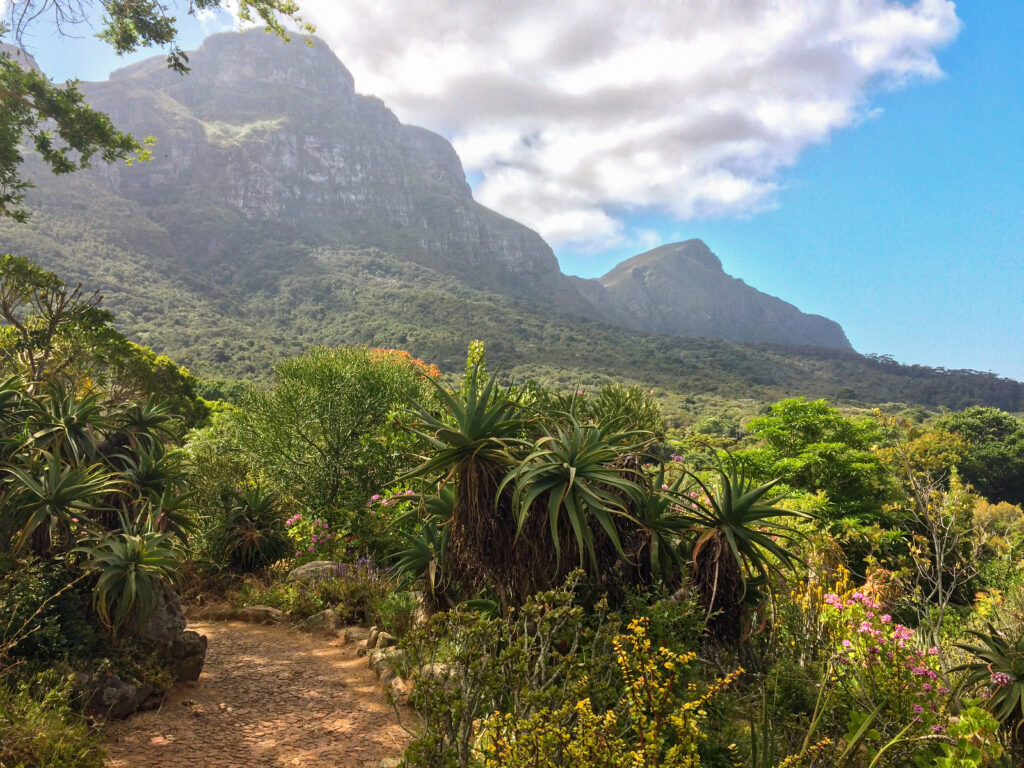
If you plan to visit the Cape Winelands (which you should) skip the Groot Constantia wine-tasting stop and disembark next at Hout Bay. If it’s a Friday (5-9pm), Saturday, or Sunday (9:30am-4pm), the Bay Harbour Market is worth a 30-minute visit. Otherwise walk along the piers to view the seals and for some great shots of the mountains. Head back to the bus and get off in Camps Bay if you like. Personally, I dislike Camps Bay – it’s overly commercial and the beach is right next to a congested road. However, it has a great view of the Twelve Apostles mountain range. From here you can walk over to Clifton to visit the four beaches, if you still have energy. I’d recommend Clifton beaches 2 and 3, but 4 is popular for photoshoots. If the tide is low, you can access all four by walking along the sand.
Safety Tip #1: From my experience, few South African drivers yield to pedestrians or heed traffic signals. Pedestrians are on the bottom of the food chain and you will need to wait for the car to make its way through the red light before you can safely cross. Some lights may go green for pedestrians, but at the same time go green for drivers turning into the road. Always double check before you cross. While some zebra crossings are present in the city, they are not always respected. South Africans will often stop their cars on the crosswalk when the light goes red, so you will need to walk around the car. Furthermore, the pavement is not handicap accessible as many drivers see the sidewalk as a carpark (where the sidewalk even exists).

A day around the peninsula
I wouldn’t miss a day trip down to the peninsula towns. If the trains are running (which is becoming less and less of a certainty these days), you can take the Southern Line to Simons Town for the equivalent of a dollar. When I went, there was sand on the tracks, so I had to get off at Fish Hoek and take a connecting Golden Arrow Bus the rest of the way. By public transport, the journey can take over two hours.
Alternatively, you can Uber to Boulders Beach in just under an hour for around 400 ZAR, or 23 USD one-way.
It’s a bit of a walk to Boulders Beach, but worth it because you get to go swimming with cute little penguins. The beach, true to its name, is covered in boulders so during high tide it can be difficult to find dry sand to lay your towel out on. There are a few boulders with some flatish faces you can climb onto instead. In the early morning you can find penguins all over sleeping in between the rocks.
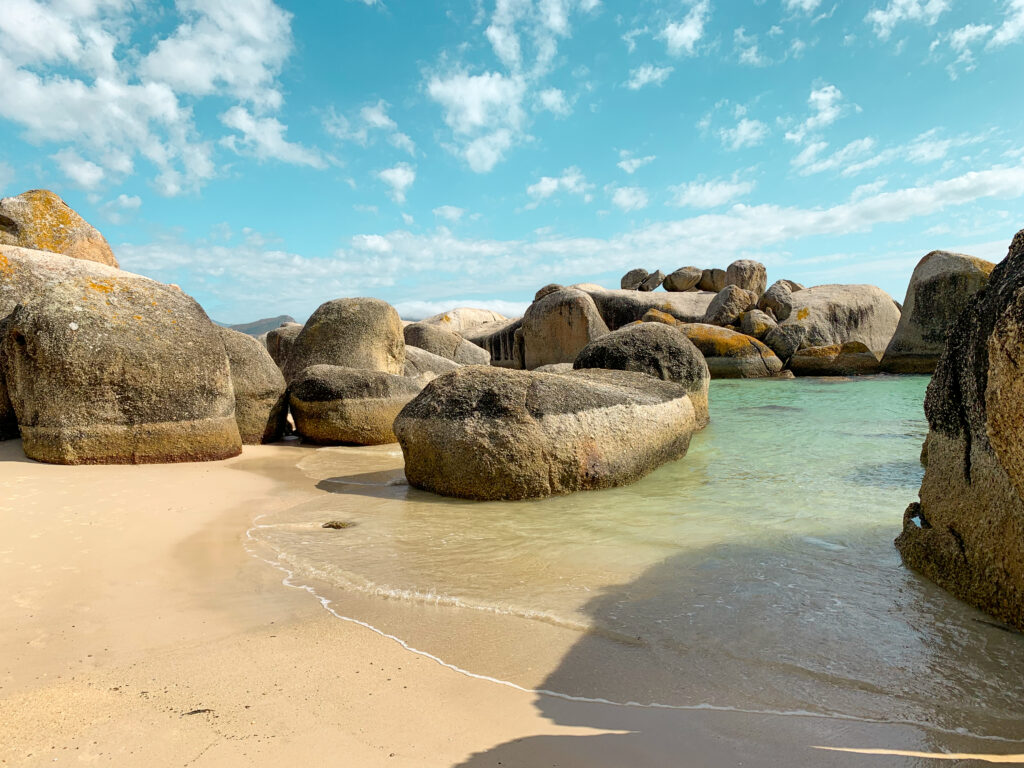

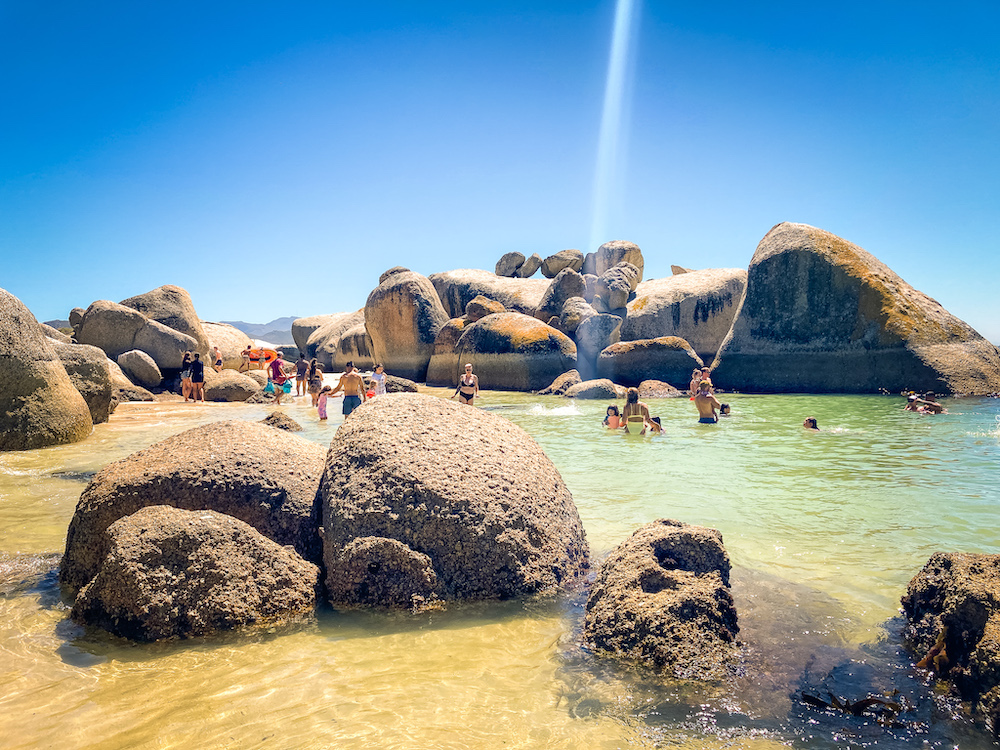
When you’ve had enough ocean for the day, Uber to Kalk Bay and head to the Ice Cafe for ice cream. From here you can walk on a paved path along the coast up to Muizenberg passing the famous St James’ beach huts on the way. You can take a train back to Cape Town, but be aware that it might be delayed. Alternatively, if you are a confident driver, you can easily rent a manual car in the city centre for the day for less than $40 (automatic is a bit more).
Safety Tip #2: If the trains are running and you choose to take one, don’t travel alone. Sit in a carriage with other people or security present. If you have valuables with you, keep them tucked away. I would not advise using the train when it is dark.
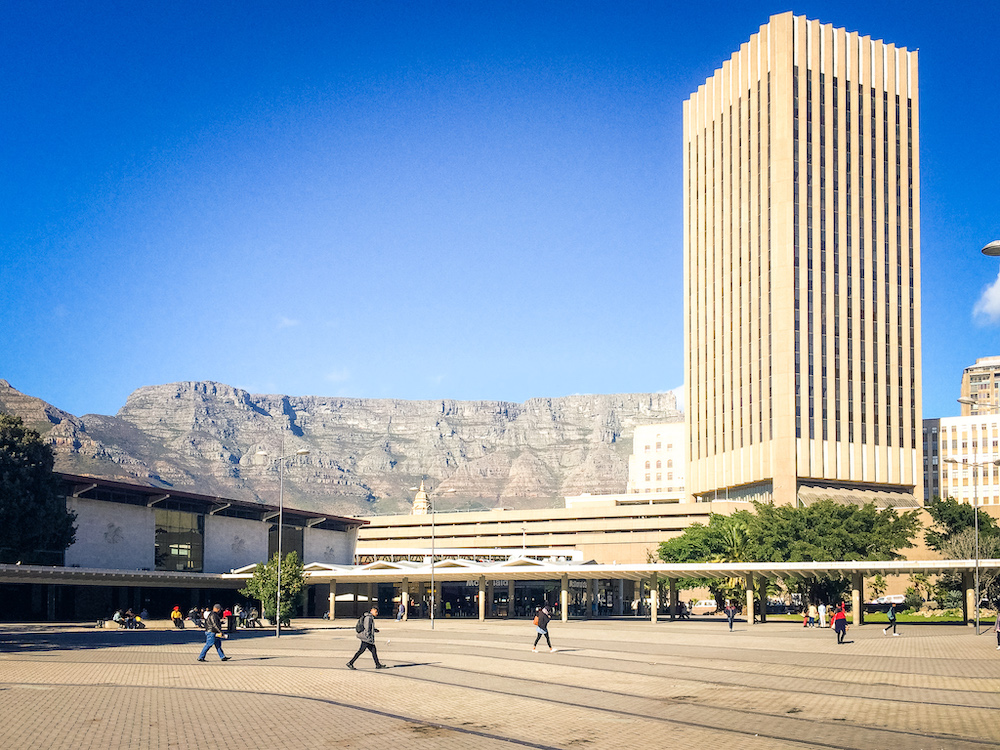
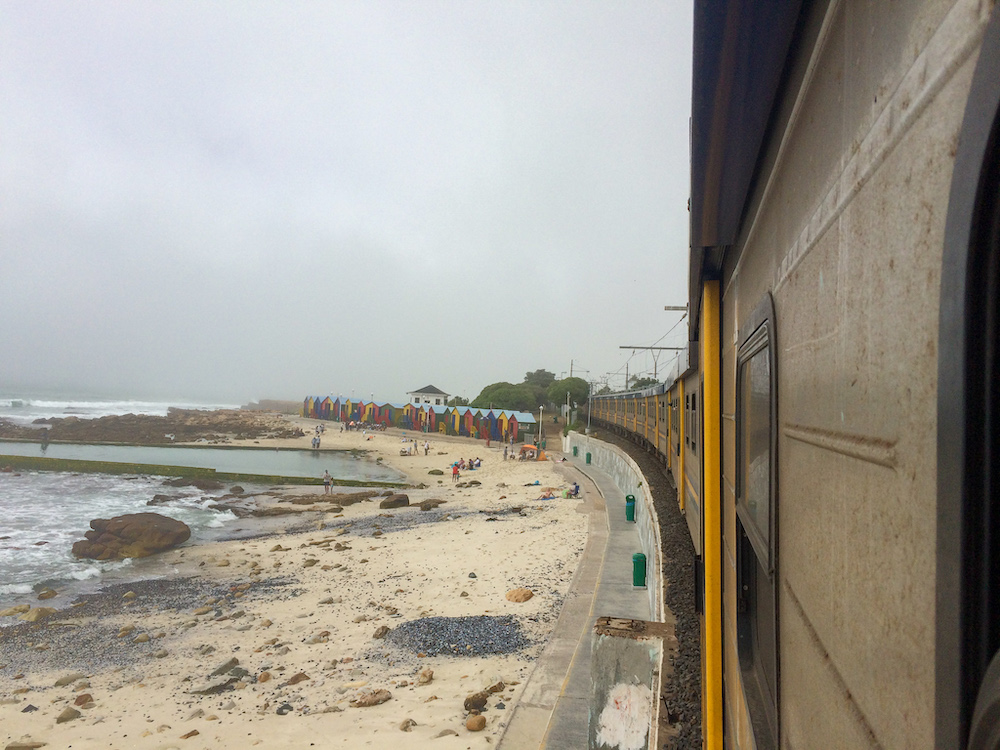
Hike up one of the iconic mountains
If you are an early riser, I’d recommend a sunrise hike up Lion’s Head. It takes just under an hour to reach the summit from where you can watch the sunrise over the city and the morning traffic accumulate on the N2. The hike starts on a wide dirt path before it turns to a narrow rocky path that brings you up ledges. If there is crowding by the base of the chain section, continue straight for the alternative (and safer) path up the mountain. Be careful to stay on the path – several hikers have been seriously injured falling. You can also opt to hike later in the day and watch the sunset over the ocean, but there will be more foot traffic at that time.

It goes without saying that Table Mountain should be on your list. Though if you are just going to take a cable car up and down for the view of the city from the top, don’t bother. The views from Signal Hill are better. The real fun is in the hike.
The fastest way up to the ~1067m plateau is Platteklip Gorge at the front face of the mountain not far from the cable car station. If you are very fit, it’ll take 45 minutes. Otherwise budget 1.5 hours to get up. This is my least favourite route on the mountain because it’s (a) crowded and (b) feels like 2km of stairs. But if you are visiting solo, take this route as you will always have other people nearby.
Alternatively, if you have an adventurous spirit and aren’t afraid of heights, I’d recommend India Venster – follow the route on Maps.Me to avoid straying off the path. The route starts at the cable car station and goes steeply up the mountain side underneath the cable car line and requires some scrambling and pulling yourself up rocks. It takes about 2.5 hours. I wouldn’t recommend it as a return route.
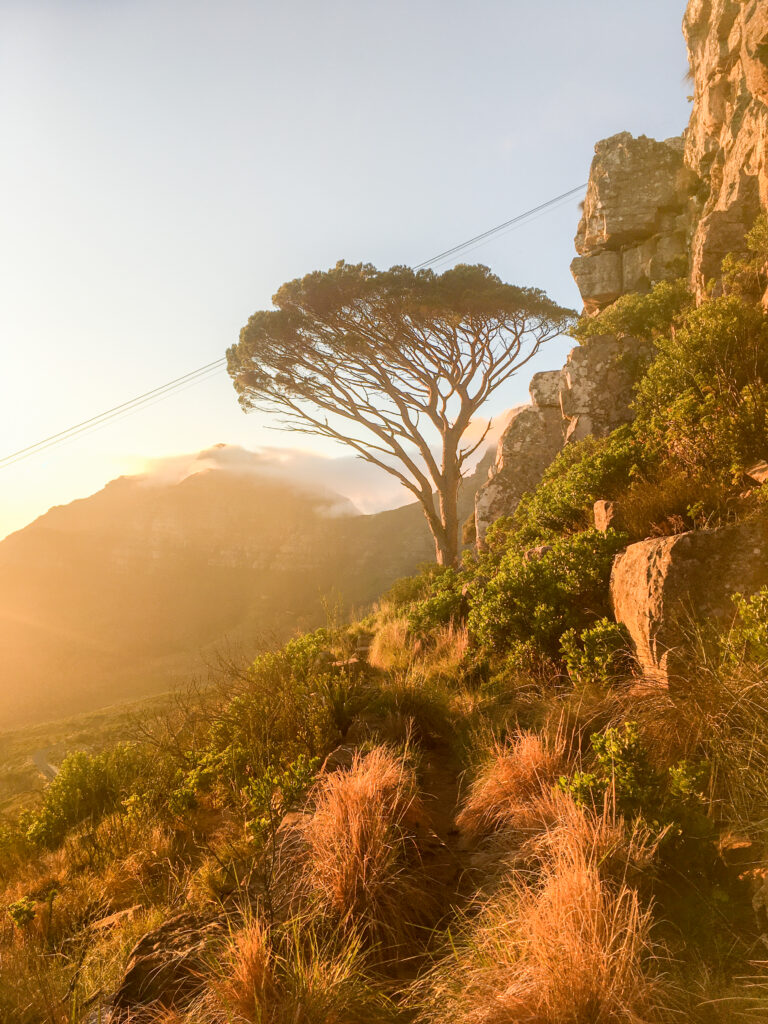
A longer, but easier option is an hour up via Skeleton Gorge near Kirstenbosch Gardens. This is a shaded route up a ravine that might have water running in it. Rock scrambling is required. It leads to the edge of the reservoirs, from where you can take Jan Smuts Track to your right up the mountain for another 1.5 hours to Maclear’s Beacon, the highest point on the mountain.
Coming down, if your knees are good and you’re short on time, you can take Platteklip Gorge. If you are really short on time, take the cable car. If you want to spend more time exploring the mountain return via Kasteelspoort. You can access this route from the top of Platteklip Gorge and follow the path down south into Echo Valley before linking to the Kasteelspoort descent into Camps Bay.
If you have time, then visit…
Despite years of horrific apartheid, there are very few monuments or museums that acknowledge this era in Cape Town’s history. The District Six Museum recalls the life of District Six – a formerly vibrant neighbourhood before it was torn apart by institutionalised practices of racism and forced segregation. From the V&A you can access Robben Island by boat to learn about the prison where Nelson Mandela was imprisoned for 18 years. Though officially dismantled in 1994, the apartheid regime’s legacy lives on as can be clearly seen in spatial, economic, educational, and social divides along racial lines even today.
Bo-Kaap is the former Malay Quarter known for its brightly coloured houses and mosques. Under the Group Areas Act of 1950 all but Muslims were forced to leave the area. Wander up Wale St, down Chiappini St, Dorp St, and Leeuwen St, and pop into the museum if it’s open. There are also free walking tours that provide basic historical information about the area. If you need spices, Atlas is the ideal place to stock up. If you visit in the morning, a lady sells fantastic samosas and koe’sisters (donuts) at the corner of Rose and Wale Streets.
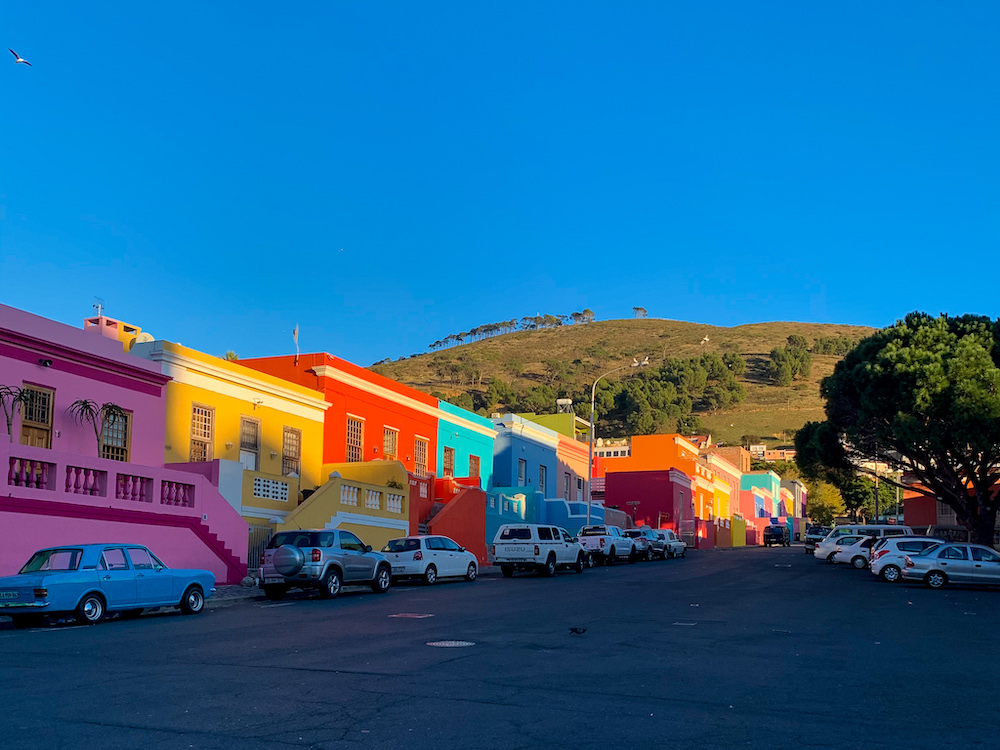
Cape Town is surrounded by beaches, many of which you can access with the MyCiTi buses. Those touching the Atlantic have wilder waves and colder water compared to those around False Bay. The smaller Clifton beaches are easy to access from the city with multiple MyCiTi bus routes running through. The beaches at Blouberg have stellar views of Table Mountain, but can be extremely windy. Llandudno is a quieter option – the beach is spacious enough not to sit on each other’s towels. The beach at Kommetjie has crystal clear blue waters with endless views of mountains and isn’t crowded at all, but you’ll need a private vehicle to access it.
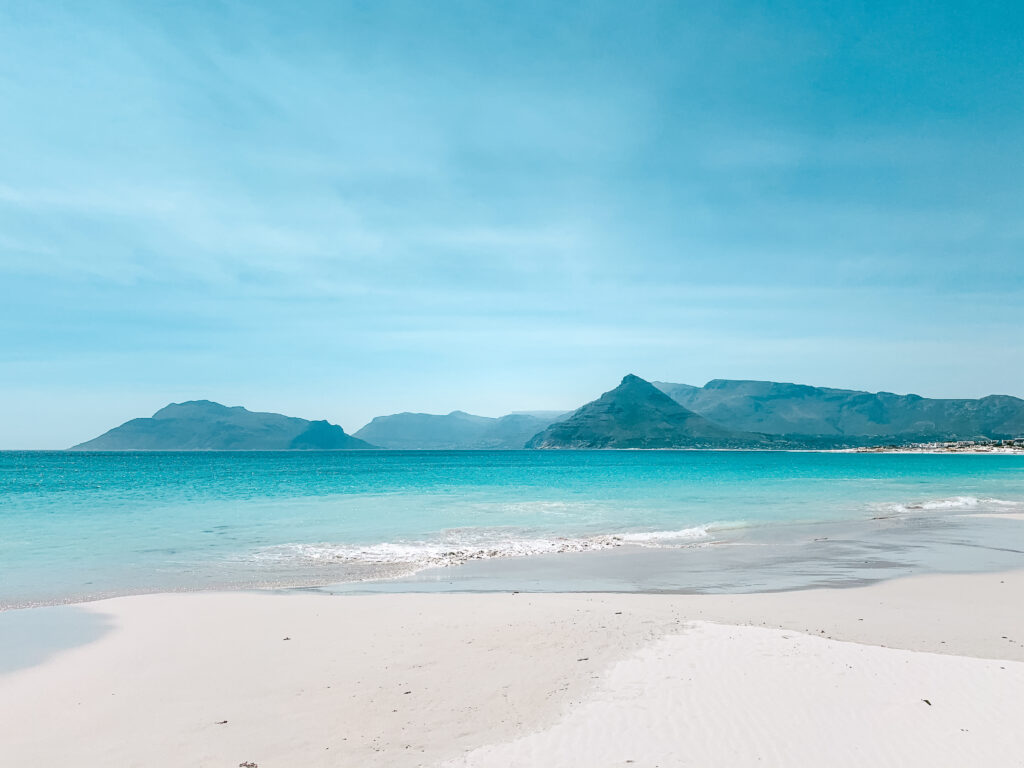
Safety Tip #3: When walking around the centre city keep your valuables out of sight and stick to main roads with other people around. Avoid walking around the city after dark.
If you are around on the weekend, check out one of the markets. The Oranjezicht Market near the V&A is open Saturdays and Sundays from 9am to 2pm. There’s a selection of overpriced fresh fruits and vegetables and takeaway meals to choose from. The Neighbourgoods Market features crafts and a large hot foods selection at the Old Biscuit Mill in the gentrifying neighbourhood of Woodstock.
If you aren’t able to do the hike up Table Mountain or Lion’s Head, an easy alternative are the relatively flat trails along Signal Hill or the old Tafelberg Road skimming along the base of Devil’s Peak. Both offer views of the city and the iconic mountains.

For culture and entertainment, in the summer months Kirstenbosch hosts live evening concerts in the gardens. The Labia Theatre in Gardens is the oldest independent cinema in South Africa, showing foreign films, old movies, art and independent films. On Mondays, Tuesdays and Thursdays they have meal specials.
What you can skip
The V&A Waterfront is a giant shopping mall. That’s all it is. There’s only one city you should visit a mall in and that’s Dubai to go look at the ski slope. Unless you need to restock on clothes because your suitcase didn’t make it, pass on this.
Cape Point is one of SANPark’s biggest cash cows and least interesting nature reserves. There’s a lighthouse, there’s wind, and there are very few nice walking trails. If you are running out of things to do in Cape Town, rather try a different hiking trail, like one in Silvermine or Groot Winterhoek.
Every restaurant in Camps Bay.
How to Get Around by Public Transport
While it’s cheap to rent a car or call an Uber, it’s even cheaper to use public transport. The city has four predominate modes available: the MyCiTi bus, Metrorail trains, Golden Arrow buses, and minibus taxis. As a newcomer, you’ll probably want to stick to the MyCiTi buses since they are oriented as tourist-friendly. There are, unfortunately, no journey planning apps that have all modes available, but don’t let that stop you from sticking to public transport during your visit.
MyCiTi
To use MyCiTi, you will need a card preloaded with cash, ‘Mover points’, or day/month passes. These cards are available at all staffed stations, like at the airport, V&A, outside Cape Town Station, and in Sea Point. If you only will use the bus occasionally, Mover points will give you the best bang for your buck. If you are visiting for 3 days and plan to use the bus to get to Table Mountain, Llandadno and a few places around the city centre, I’d get the unlimited 3 day pass for R160 – it includes transport to the airport. You will need to tap your card to enter and exit the bus.
Metrorail trains
The train used to be a more reliable way to get to far reaches of the city, but services have declined in recent years and personal security is an increasing concern. The only line I would take is the Southern Line to Simons Town, as this has some security presence and a few other tourists onboard. The train tends to leave on time from Cape Town Station, but return journeys can have delays over an hour. You can follow their Twitter page to find up-to-date travel information.
Minibus taxis
You’ll notice minibus taxis are everywhere. They are a bit more confusing to use, but you could give it a try. To use a taxi, you need to know which neighbourhood your destination is in. To find your taxi, if you are near a taxi rank (a place with many parked taxis or building with many taxis), go there. Look for signs in the windshields that have the taxi’s end destination. If you aren’t near a taxi rank, stand at a street corner on a busy street. When a taxi approaches, raise one hand in the air out toward the street to signal you want to get on. Check the taxi’s destination by asking the driver. Board the taxi and take a seat. Pay for the taxi at any time during your trip. Hand cash to conductor (the person at the sliding door). Get off the taxi by signalling to the conductor to stop when you are near your destination. I would not recommend boarding an empty taxi that only has the driver and the conductor.
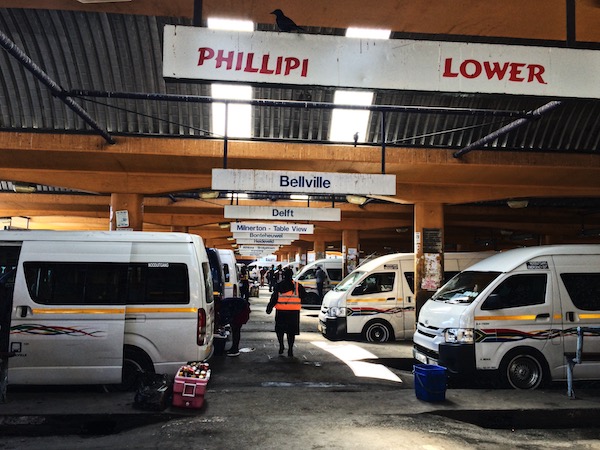
Where to Stay
Sea Point, Three Anchor Bay, Mouille Point and Green Point are all good places to base yourself, if you want ocean views and quick access to the city. If you are a mountain view person, then check out accommodation in Gardens, Oranjezicht and Tamboerskloof.
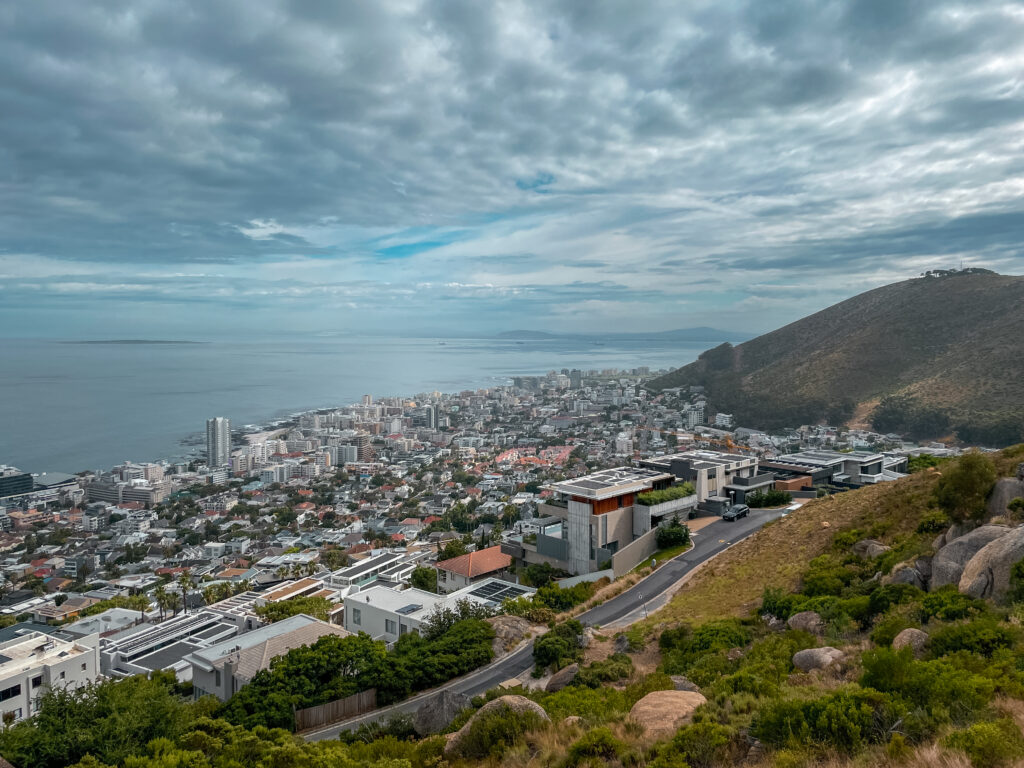
Where to Eat
Cape Town has a range of eateries from budget-friendly to massive splurging, but regardless of the price all are competitive in taste. If you are looking for comfort food and brioche burger buns, Clarke’s is the place to be seen. You can find some of the best coffee at Truth, a funky steampunk themed cafe that roasts its own coffee. East Indian Food Bazaar has some of the cheapest Cape Malay and Indian food you can find hidden in the city centre. For breakfast lovers, you’ll find delicious savoury and sweet options at Jarryd’s, including waffles topped with cotton candy. If you are in the mood for fantastic pizza and a friendly host, head over to Posticino in Sea Point. If you are from New York, don’t go to Kleinsky’s, but if you’re from Europe, go have a bagel. Vegans will love Lekker Vegan’s fast food and Raw and Roxy’s healthy food. Chocolate lovers can check into Honest Chocolate.
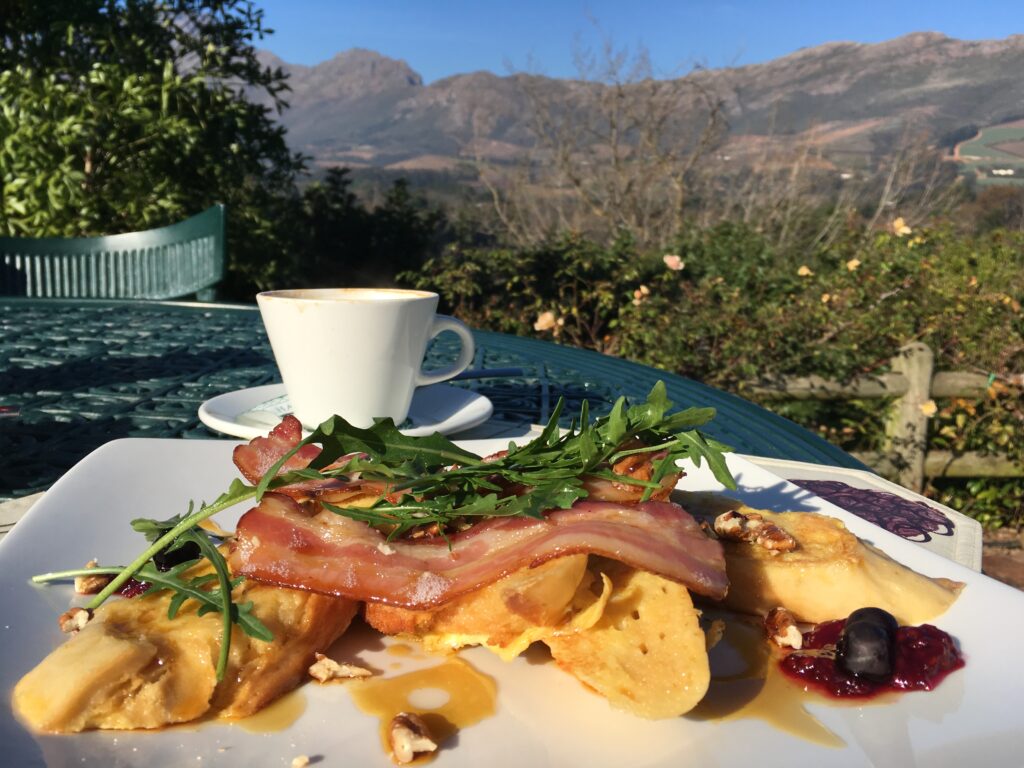
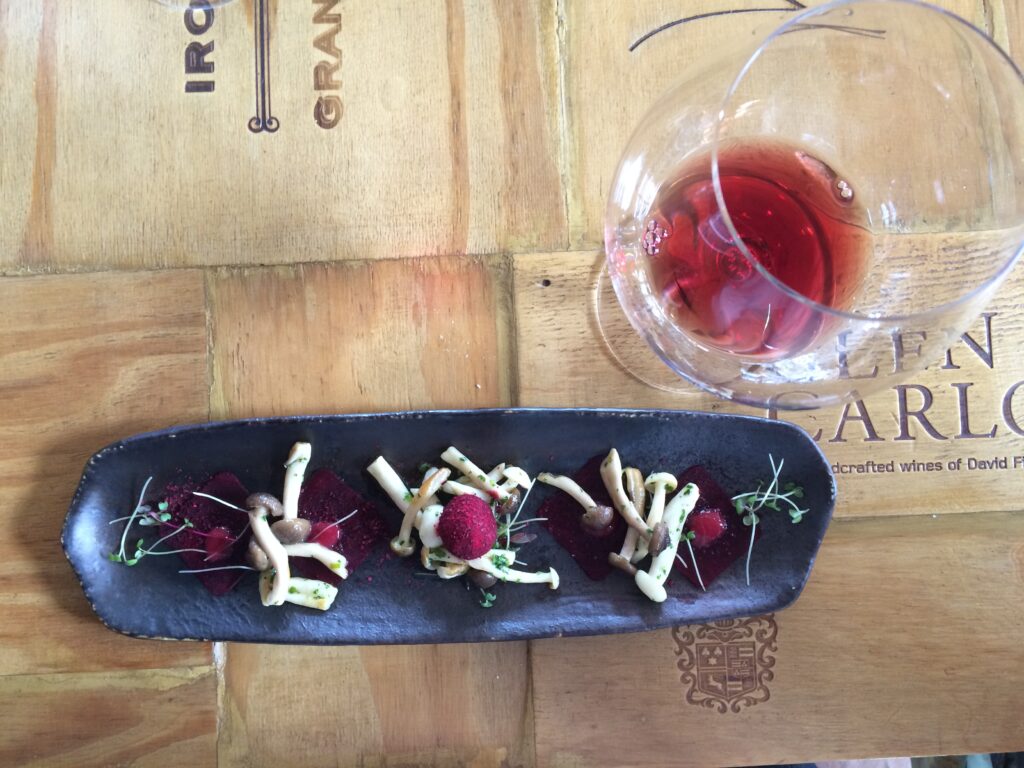
When to go
November through March are the summer months, with January and February bringing the hottest days to the Cape. However, it can also get extremely windy and unpleasant when you have to fend off flying debris all day. Peak tourism time is December and January, which means you will need to book your accommodation far in advance and contend with queues. November and March tend to be less windy. April and May have warm enough weather for some beach days without wind knocking you off your feet.
June through August can be cloudy, cold, and rainy. There is, unfortunately, very little to do in this kind of weather in a city with very few museums and indoor activities other than malls and restaurants. October can be a hit or miss – I’ve experienced very hot beach days but I’ve also had non-stop rainy weeks. If I were to visit Cape Town, I would visit in March, April or early December.
What to pack
Pack your usual summer items, especially sunscreen. You may be subjected to extreme UV exposure in Cape Town – the sun is a lot stronger here because of a hole in the ozone layer.
If you have a hardshell suitcase, use this rather than a soft, fabric suitcase. Otherwise, wrap your suitcase in plastic at the airport (just make sure it’s within the weight limit first). Use luggage locks on all of your zippers. From personal experience, luggage, unfortunately, does from time to time get opened with items stolen at the Cape Town and Johannesburg airports.
You’ll also want a travel adapter, unless you are coming from Europe in which case your Type C plugs will fit almost everywhere. Otherwise, you’ll want a converter to a Type M plug. South Africa operates on a 230V supply voltage and 50Hz. I have fried some of my US electronics because I didn’t have a voltage converter.
Download a few essential apps. The official MyCiTi app is a journey planner with real-time ETAs on the buses. For hiking routes, download offline maps on Maps.Me. A lot of people and businesses in South Africa use WhatsApp – it doesn’t use up expensive airtime. Uber and Bolt are the two most popular e-hailing apps in the city.

